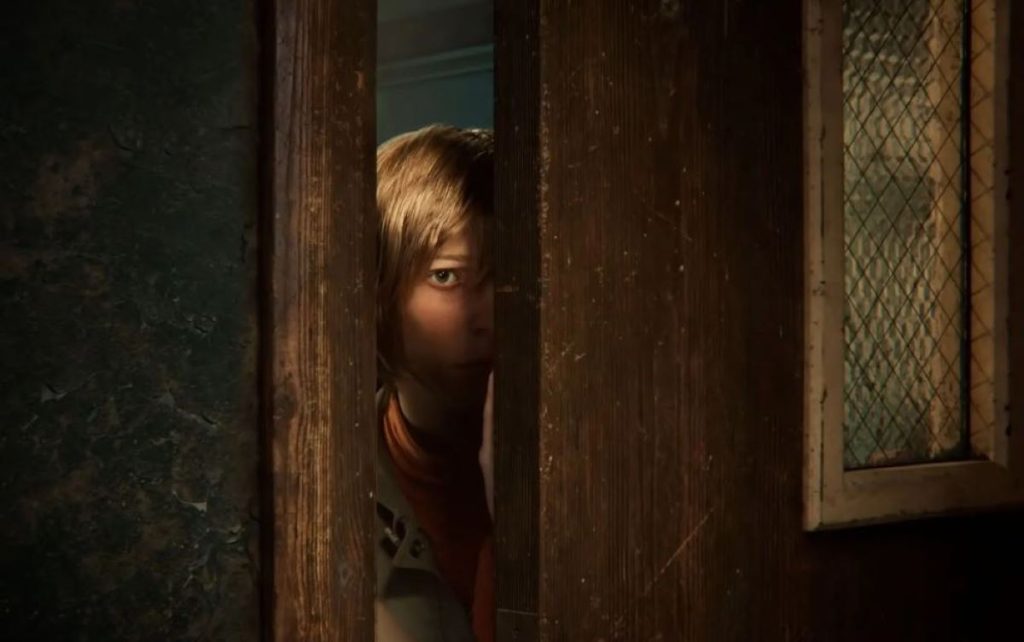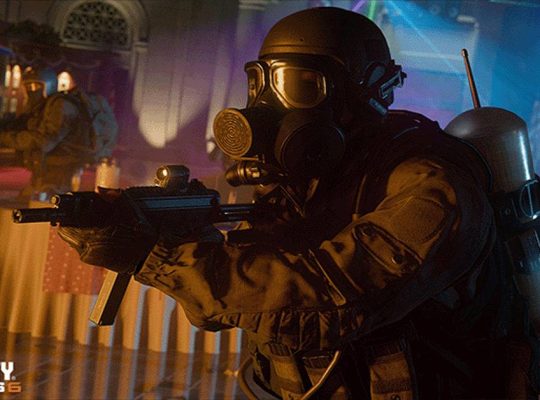Often recognized as one of the nicest horror video games of all time, Silent Hill 2 largely owes its impact to its soundtrack; Akira Yamaoka – the mind at the back of the Silent Hill two soundtrack – handily employs the music to complement the psychological horror, despair, and beauty embedded in the game. Below, we discover seven methods his compositions elevate Silent Hill 2 into a haunting masterpiece.
1. Evoking Psychological Dread with Ambient Soundscapes
Undoubtedly, one of the major virtues of this tune by Akira Yamaoka is that fine mood music stays with gamers well after they shut down the game. In Silent Hill 2, the music is not history noise; it is a manifestation of the hero’s disintegrating mind. Tracks like “White Noiz” and “The Day of Night” appoint layered textures and distorted frequencies to unsettle gamers, mirroring James Sunderland’s emotional torment.
The diffused interplay of eerie whispers, faint commercial hums, and sudden bursts of noise creates an immersive surrounding. These ambient soundscapes exemplify why horror recreation soundtracks are as crucial to storytelling as visuals.
2. Contrasting Beauty with Horror

Yamaoka’s compositions uniquely juxtapose serene melodies with terrifying imagery, emphasizing the duality of Silent Hill. Tracks inclusive of “Promise” and “Theme of Laura” offer moments of ethereal beauty, serving as emotional anchors amidst the chaos. This assessment amplifies the horror, making the metropolis’s ugly monsters and oppressive fog experience even more unsettling.
Such contrasts aren’t just creative prospers—they’re mental tools. They manage the participant’s emotions, drawing them deeper into the narrative. The Silent Hill 2 soundtrack for that reason transcends conventional gaming tunes, blending splendor and horror seamlessly.
3. Establishing a Timeless Atmosphere
While many horror game soundtracks lean heavily on orchestral bombast or leap-scare cues, Yamaoka’s paintings stand apart with their timeless, experimental method. His use of dissonance, reverb, and unconventional instrumentation—like static-stuffed guitars and synthetic beats—ensures the Silent Hill 2 soundtrack stays evocative even many years after its release.
This undying great has cemented Silent Hill 2 as a cultural touchstone in gaming, with Yamaoka’s track being a key aspect of its enduring legacy.
4. Enhancing Storytelling via Music

In Silent Hill 2, each music serves a story cause. Yamaoka carefully tailors his compositions to align with the game’s topics of guilt, grief, and redemption. For example, “Angel’s Thanatos” crescendos with a haunting depression that mirrors James’s disagreement along with his darkish truths.
This synergy between song and tale highlights how Akira Yamaoka’s music functions as an indispensable part of the game in place of a separate detail. The result is an immersive storytelling enjoyed unequaled in most horror games.
5. Leveraging Silence as a Tool
A particular issue of Yamaoka’s genius lies in his understanding of when no longer to apply song. Silence performs a similarly big role in horror recreation soundtracks, allowing the anxiety to construct organically. In Silent Hill 2, those quiet moments are punctuated by faint environmental noises—creaking floors, distant footsteps, or muffled cries—that keep gamers on edge.
By contrasting silence with the oppressive tones of his ambient soundscapes, Yamaoka creates an auditory revel that feels alive, as though the metropolis itself is watching and ready.
6. Setting the Standard for Horror Game Soundtracks

Yamaoka’s work on Silent Hill 2 has influenced endless horror game soundtracks when you consider its launch. His combination of ambient soundscapes and emotionally charged melodies has emerged as a template for current horror video games searching to elicit worry and empathy simultaneously.
Whether it’s the melancholic piano in “Laura Plays the Piano” or the sinister drones of “Ashes and Ghost,” Yamaoka’s music continues to inspire developers and composers, solidifying his reputation as a pioneer within the gaming industry.
7. Creating an Emotional Connection with Players
Ultimately, what units the Silent Hill 2 soundtrack apart is its capability to forge a deep emotional bond with the player. Yamaoka’s compositions resonate to a personal degree, amplifying the issues of loss and redemption that outline the game. The track doesn’t simply accompany the tale—it will become a part of the participant’s journey, leaving a lasting impact.
Tracks like “Promise (Reprise)” evoke a profound feeling of closure, blending sorrow and wish in identical degrees. This emotional depth ensures Silent Hill 2 remains now not just a recreation, but an experience etched into the hearts of players international.
Conclusion
Akira Yamaoka’s music contributions to Silent Hill 2 show the transformative energy of song in gaming. His mastery of ambient soundscapes, narrative-pushed compositions, and emotional intensity elevates the game past conventional horror. The Silent Hill 2 soundtrack stays a benchmark within the style, proving that song is as crucial to a horror game as its visuals or gameplay.
For fans of Akira Yamaoka’s music and horror game soundtracks, Silent Hill 2 stands as a testimony to the heights that interactive storytelling can acquire.











